Class of 2018 | suyh@wharton.upenn.edu
On February 14th, SoftBank announced that it would acquire Fortress Investment Group: a private equity giant with $70 billion in assets under management. The Japanese conglomerate agreed to buy the asset management company for $3.3 billion, representing a 39% premium above the closing price of the stock on the day prior. J.P Morgan and Morgan Stanley served as financial advisers for SoftBank and Fortress, respectively.
Founded in 1998 with only $400 million assets under management, Fortress Investments Group is a key player in the private equity and hedge fund industry. By the time of Fortress’s initial public offering on the NYSE in 2007, the firm was managing $32.6 billion. Fortress’s private equity investment portfolio spans a broad range of industries including transportation, financials, healthcare, real estate, leisure, media & telecommunications, and energy. In 2002, Fortress launched its credit business, which is focused on investing in undervalued assets as well as distressed and illiquid credit investments globally. Fortress’s liquid markets business is focused on opportunities in the global currency, interest rate, and equity markets. Lastly, Logan Circle Partners is the company’s traditional asset management arm.
The acquirer, SoftBank, is a Japanese technology giant that is ranked the 62nd largest publicly traded company in the world by Forbes. Headquartered in Tokyo, the conglomerate focuses on broadband, e-commerce, semiconductor design, and telecommunications to name a few. The company is well known in the U.S for its acquisition of struggling U.S.-based mobile phone carrier Sprint Nextel for $22 billion in 2013, with hopes of turning the company around. In addition, SoftBank was one of the earliest investors in Yahoo as well as Alibaba, both of which have been hugely successful for the conglomerate in the long term. In a sense, SoftBank has been run like a venture capital fund since the early 2000s. In October of 2016, the company announced that it would open a $100 billion fund to invest in technology companies globally. Saudi Arabia’s public investment fund agreed to contribute as much as $45 billion over the next five years in addition to other investors such as Apple, Qualcomm and Oracle’s founder Larry Ellison. The investment vehicle, named the SoftBank Vision Fund, is set to be almost 10 times bigger than the current largest technology fund on record.
The $3.3 billion all cash acquisition of Fortress Investments Group is somewhat of a surprise for the SoftBank Vision Fund since the asset management company clearly cannot be categorized as a technology company. In addition, Fortress isn’t a huge player the TMT space, which is evident in its list of portfolio companies. Nevertheless, in terms of consideration paid, SoftBank seemed to purchase the company at a more than generous price. The 39% premium that SoftBank paid for Fortress values the company at a 9.8 times forward price-earnings ratio, which is on the lower end of the spectrum as depicted in the graph below. In addition, even though partners of Fortress, such as CEO and Randal A. Nardone, received substantial liquidity from the all-cash deal, they had agreed to allocate 50% of their after-tax proceeds in the new entity. This commitment shows a significant alignment of interests between Fortress and SoftBank investors moving forward.
From a macro-economic standpoint, the deal could spark a trend in privatization of publicly traded asset management firms. Due to the rise in popularity of ETFs, investors have been increasingly withdrawing their money from hedge funds and moving toward investment vehicles with lower fees. According to HFR Inc., the $3 trillion hedge-fund industry received approximately $70 billion in redemptions in 2016. Nevertheless, SoftBank sees value in acquiring Fortress. Masayoshi Son, chairman and CEO of SoftBank, announced that Fortress will operate separately, but will assist in the management of the Vision Fund moving forward. Even if the company does not reap substantial synergies, SoftBank’s investment could be fairly successful since it acquired the company at such a low multiple.
Figure 2: Forward Price-Earnings Multiple for Listed Asset Managers


